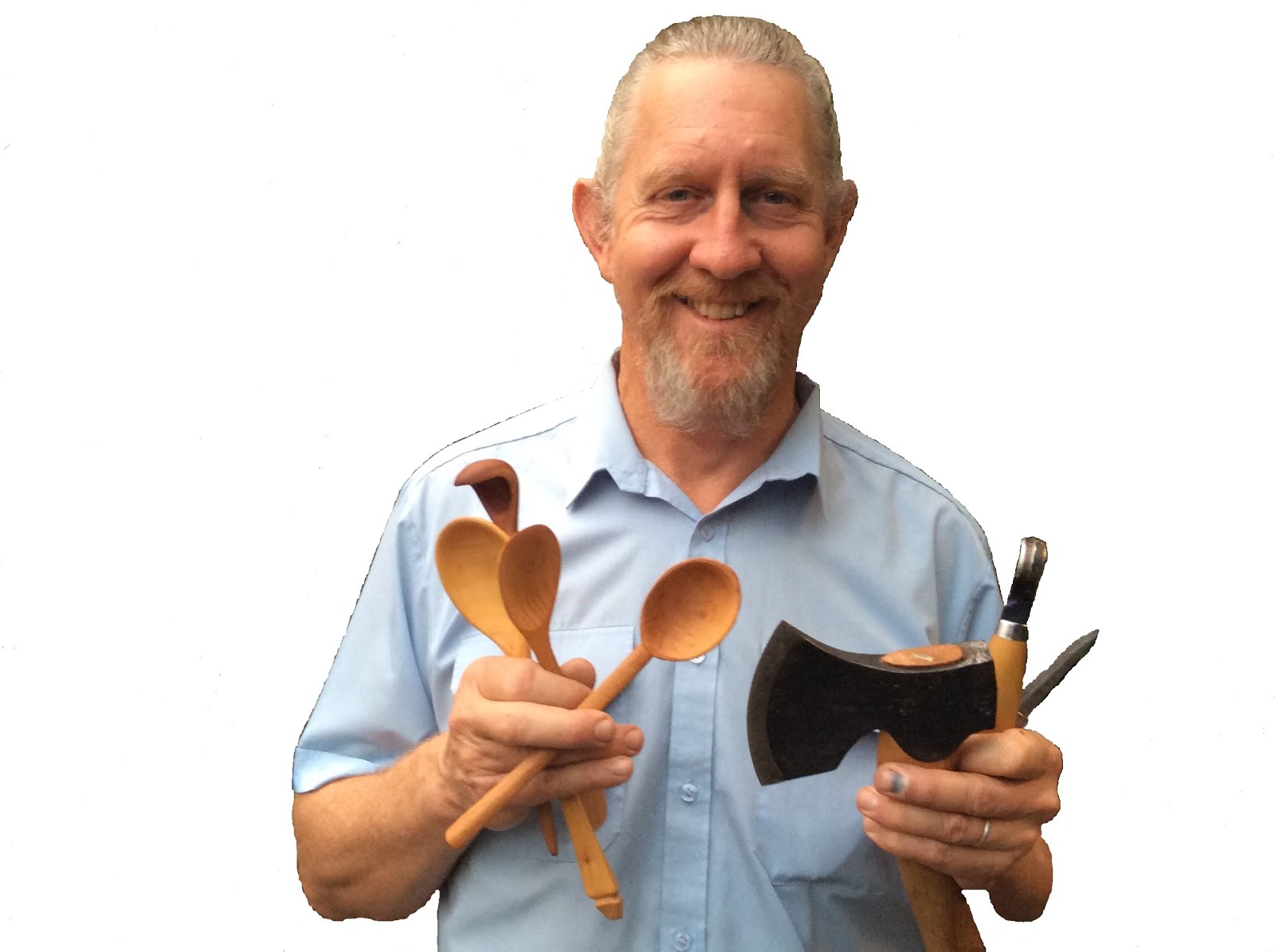I was making a pair of doors for a pantry. Frames of WA Blackbutt and panels of American White Ash.
The door stiles were made, including the cutting of the panel grooves and the mortices in the stiles.The top, bottom and mid rails were cut including the tenons, which were just slightly oversized in thickness.
The photo here shows the haunches of the tenons have been cut. The tenons are then trimmed with either a No78 rebate plane or a No140 rebate block plane until the joint is a nice firm fit. Each joint is individually fitted in this way - 6 joints per door. Once the joints have been individually fitted, the door is put together on a "dry run" to check there is no wind (twist) in the door and that all the shoulders pull up nicely.
The waste removed from the tenons while cutting the haunches are then used to make the wedges. This pic shows a heap of wedges which have been made.
The panels are given their final sanding as they are individually fitted in their housings. As per classic frame and panel construction methodology, the panels float within the groove which houses them on all four sides when the surrounding frame is assembled. The panels are pre-finished with a coat of polish to seal them, prior to the final assembly.
Here one of the doors is being glued up. The panels are inserted, the top, mid and bottom rails are in place, and the remaining stile is about to be added after the glue is added to the joints. The joints are pulled up with sash cramps, and the wedges are driven into the tapered ends of the mortices. The cramps are then removed.
This pic shows the pair of doors standing up together while the glue in the joints dries. Then the protruding wedges will be cut off flush. The doors are to be a rebated pair. The rebating was then done using the table saw. The remaining task is to create the "bead" down the rebate, a traditional way to make it visually appealing.
To create the bead, a scratch stock was made up using a scraper which has been ground to the required profile and then mounted in a wooden holding block. In this pic the shaping of the bead has commenced.
Here the bead has been completed. Looks pretty good, eh? Traditionally the bead could also have been cut using a moulding a plane of the appropriate profile. These days it would more commonly be made using an electric router! I reckon there is something far more satisfying in making the scratch stock for the job and then doing it by hand. No noise except for the slicing and cutting of the wood fibres.
Here they are, the completed rebated pair of joinery doors to the pantry under the staircase. Still to get handles and the timber louvres in the opening above, the doors mark the transition point between the American White Ash staircase and the adjacent WA Blackbutt kitchen cabinets. It works well.
Like I said at the start of this post, there is something beautiful and wonderful about a traditional wedged mortice and tennoned door. They are a joy to make. However, thesedays doors like this are more likely to just have dowelled joints or glued spindle moulded joints. The latter relies entirely on the glue, with virtually no mechanical aspect to the joint.
In contrast, the traditional wedged mortice and tenon door can last for centuries due to the nature of the joints. For those of us who do not want to play the "throw away society" game, this proven technique ticks all the right boxes for sustainability and responsible use of resources.
.jpg)










